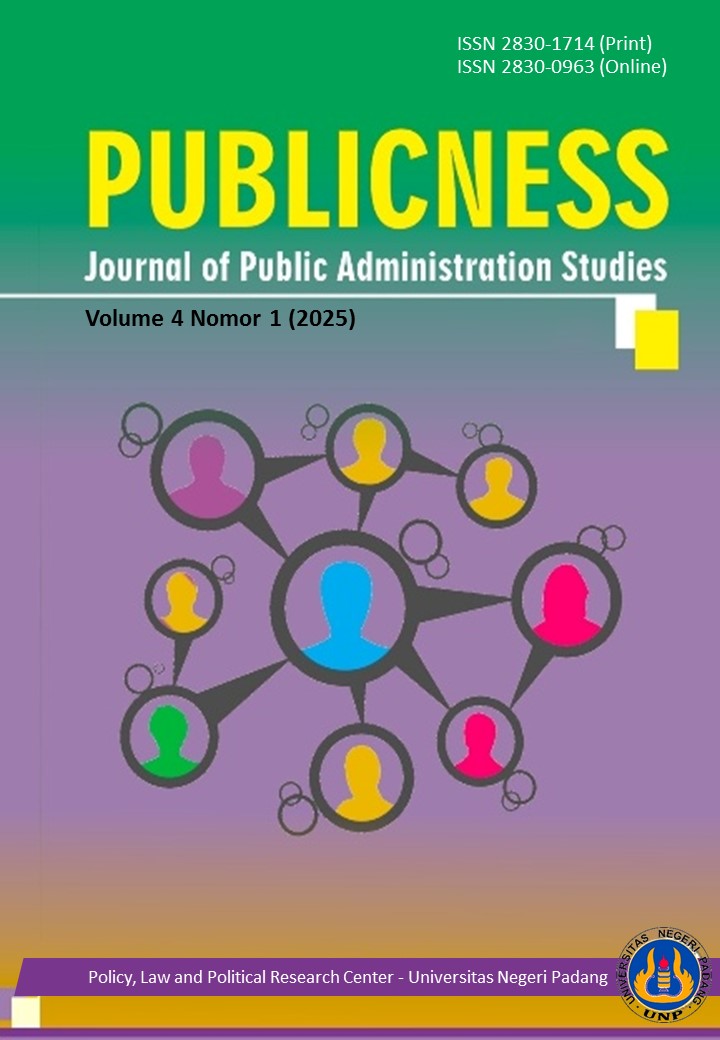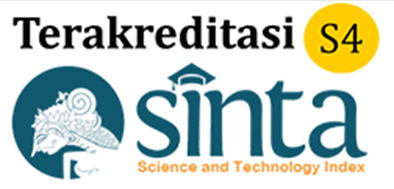Strategi Dinas Tenaga Kerja dan Transmigrasi Provinsi Kalimantan Utara dalam Menurunkan Angka Pengangguran
DOI:
https://doi.org/10.24036/publicness.v4i1.239Keywords:
Government Strategy, SWOT Analysis, UnemploymentAbstract
This research aims to analyze the strategies implemented by the Department of Manpower and Transmigration of North Kalimantan Province to reduce unemployment and identify factors influencing implementing these strategies. Unemployment represents a significant challenge for North Kalimantan Province despite various efforts to address it. The primary strategies employed include human resource quality enhancement through employment training programs (skills training, domestic apprenticeships, productivity training, and entrepreneurship) and developing a labor market information system accessible via online applications, including job fairs designed to align job seekers with industry needs. The research employs theories from Wiswasta, Spets, and Prasetya, with strategic analysis focused on SWOT factors (Strengths, Weaknesses, Opportunities, and Threats). A qualitative research methodology with a purposive sampling technique was utilized to determine key informants, while data collection was conducted through interviews, observation, and documentation studies. The findings indicate that the implemented strategies have been effective, with advantages including opportunities for the manufacturing sector and creative economy development, though several weaknesses in implementation remain. Factors influencing strategy success include budgetary considerations, human resources, and effective government and community communication. To optimize outcomes, the research recommends updating training materials, expanding cooperation with companies, developing the manufacturing sector and creative economy, and securing comprehensive support from various stakeholders to reduce unemployment rates significantly.
Downloads
Published
Issue
Section
License
Copyright (c) 2025 PUBLICNESS: Journal of Public Administration Studies

This work is licensed under a Creative Commons Attribution 4.0 International License.












